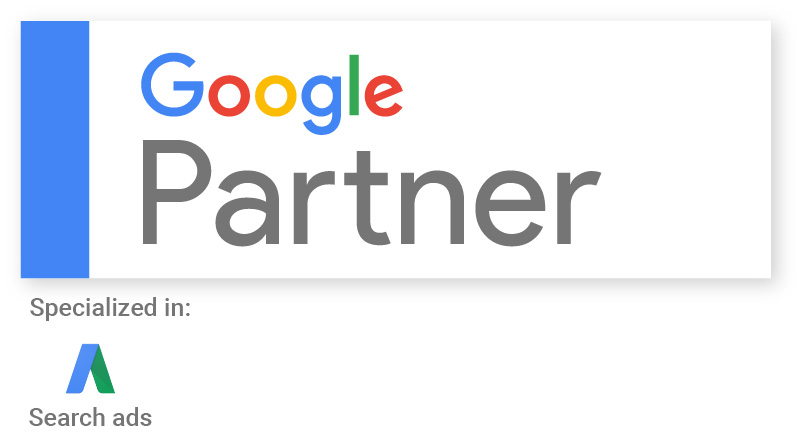In early 2019 Google did away with the ability for a Google Ads account manager to not serve ads on AdSense for Mobile Apps. In May and June this year, across diverse business sectors we have seen a striking trend of strong ad serving to mobile apps in the Display and Remarketing space that is killing account performance.
Here’s what we see in a nutshell.
- Clicks to mobile apps are up strongly.
2. Cost per click is $.01 to $.08 to mobile apps.
3. Impressions are up very strongly.
4. Conversions are non-existent.
5. Ad serving budgets are mostly served in mobile apps.
6. The quality of the automatic app placement are game and kid-related.
See the Proof
To put this in perspective, we have attached a few screen shots that illustrate this huge change in ad serving that is killing the value of Display and Remarketing for client use.
Client One – Display 1/1/19 to 7/19/19 – shows a Display program note in May the strong increase in clicks (blue line) and strong drop in conversions (red line).

Client One – Remarketing 1/1/19 to 7/19/19 – shows a Remarketing program. Note in May the strong increase in clicks (blue line) and strong drop in conversions (red line).

A Trend Across Diverse Business Sectors
Both performance graphs above are for one client. But, that is just an illustration of this important trend. For further illustration are results from other clients. Multiple this by all clients we manage and we know that this is not an isolated incidence or one of a setting update.
Client Two – Remarketing 1/1/19 to 7/19/19 – shows a Remarketing program. Note as early as February the performance drop and strong clicks (blue line) in April, May, and June with no conversions (red line).

Client Three – Remarketing 1/1/19 to 7/19/19 – shows a Remarketing program. Note the click spike in April and May. The earlier drop is due to our moving out of the space due to quality due to no conversions and inability to stop the proliferation of poor quality Mobile App placements.

The key takeaway on all this, is that Google has clearly made a first quarter change in automatic placements, of which you have no control, in all bidding algorithms for Remarketing and Display programs.
How to You Fix This Problem to Return Display and Remarketing to Performance?
Right now, we am testing some options. One includes weekly rules that run on Sunday to pause Mobile App placements that have high clicks and no conversions. We are not sure that this will work to stem the drop in activity as Google may simply replace the pause placements with other poor placements. Google may not even pause the placement as it is an automatic placement not a account selected placement.
For other clients, we have either dropped budget significantly in Display and Remarketing, moved totally out of mobile using a -100% device bid, culled out high dollar mobile sites as exclusions, or even stopped programs entirely.
We are hopeful over time that Google will see the drop in client investment in these spaces as a red flag and adjust their ad serving algorithm to allow account managers greater control over where their ads appear in the Display network.



